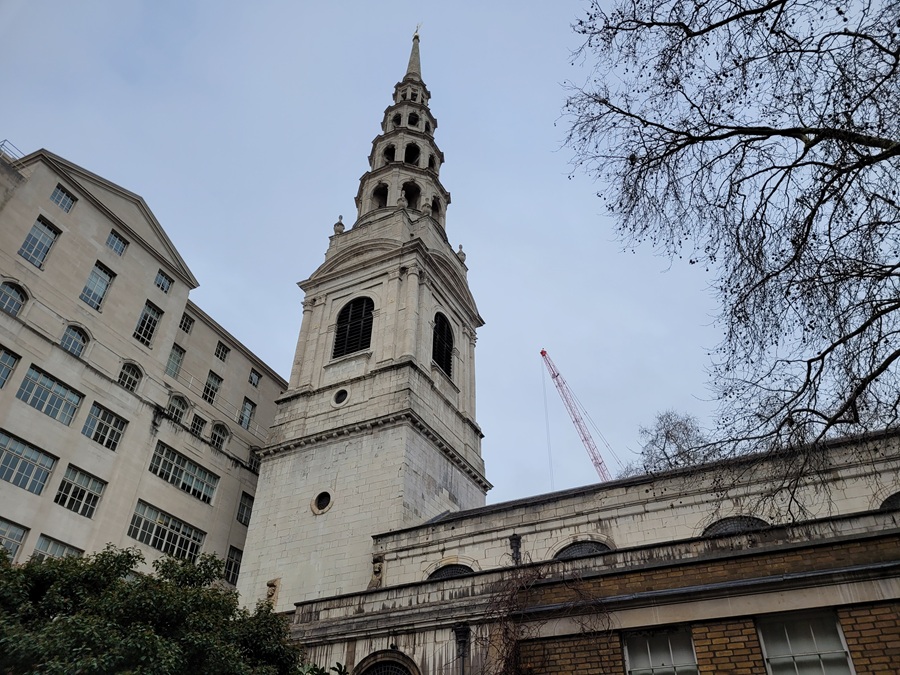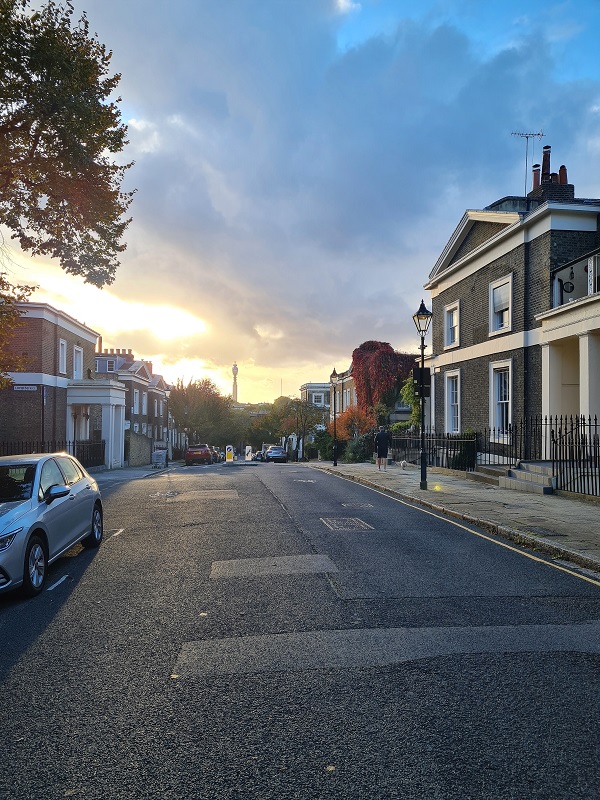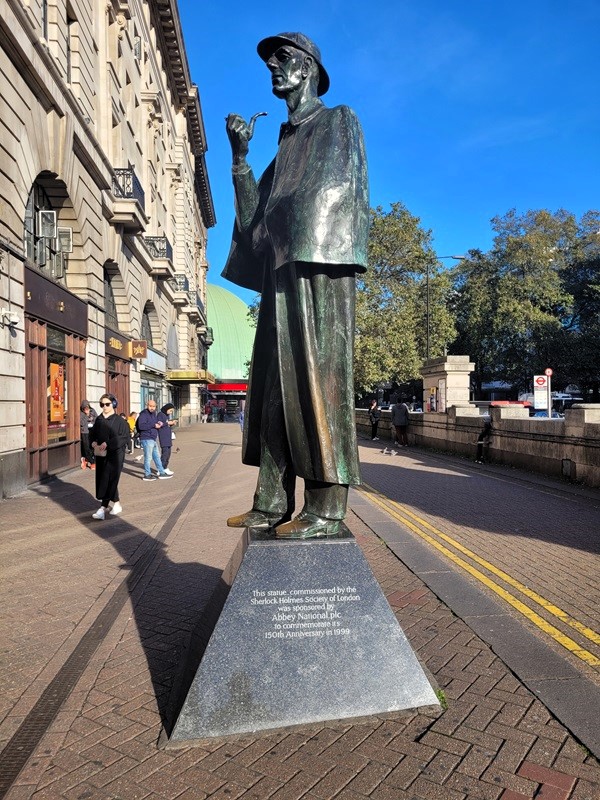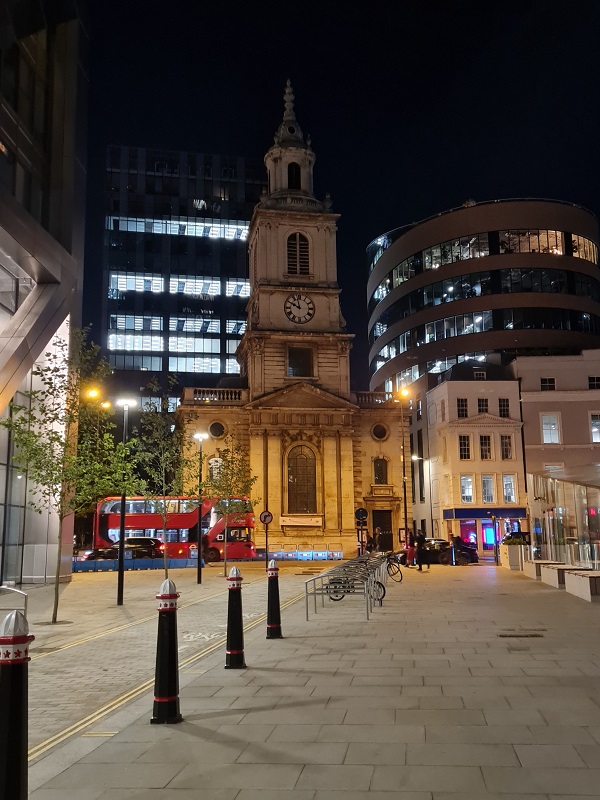by Dorothee Schröder
Fleet Street is one of the most famous streets in the City of London.
It runs from Temple Bar in the west to Ludgate Circus in the east, where it once reached the London Wall. The street takes its name from the River Fleet, London’s most famous subterranean river, which flows from Hampstead down to the Thames.
As early as Roman times, Fleet Street was an important route leading westward from Ludgate, already established by around AD 200. In the Middle Ages, the street was home to clergymen such as the Bishops of Salisbury and St Davids, as well as the Abbots of Faversham, Tewkesbury, Winchcombe and Cirencester. Some churches from that period still stand today, including Temple Church and St Bride’s. The latter is said to have inspired a baker’s apprentice in 1703: eager to impress his master and win the heart of his daughter, he created an extraordinary tiered wedding cake – the beginning of the modern tradition.
Because of the nearby river, tanning workshops were established along Fleet Street, and records also mention numerous taverns and brothels as early as the fourteenth century. In the late Middle Ages, a conduit on Fleet Street provided the main water supply for the area. In 1533, to celebrate Anne Boleyn’s coronation as queen after her marriage to Henry VIII, the conduit flowed with wine instead of water. By 1580, the street had become so overcrowded that a royal proclamation banned the construction of new buildings, though timber houses continued to rise. During the Great Fire of London in 1666, the eastern part of Fleet Street was destroyed but later rebuilt in the same style. In 1766, the River Fleet was finally covered over, leading to the decline of industries such as tanning.
Around 1500, Fleet Street became a centre of publishing. Starting with a single print shop, more printers and publishers soon followed, and in March 1702, London’s first daily newspaper, the Daily Courant, was published here. High newspaper taxes limited circulation in the nineteenth century, but after their abolition in 1855 the press flourished. The “penny press” became popular, and Fleet Street developed into the heart of Britain’s national newspaper industry. By the 1980s, however, advances in printing technology drove many companies to relocate to Wapping, where production was cheaper. Only a few publishers remained, yet Fleet Street’s name continues to be synonymous with the British press, not least because several former newspaper buildings are now listed landmarks.
Today, Fleet Street is home to a wide range of businesses, with investment banks, legal firms and accountancy practices occupying many of the former publishing houses. A few historic pubs still survive, recalling the days when journalists would gather there.
Walking along Fleet Street and through the nearby Temple district is well worth it – both for the area’s rich history and for its unique atmosphere.
Cover picture: St Bride’s, Fleet Street (Photograph: Philipp Röttgers)




